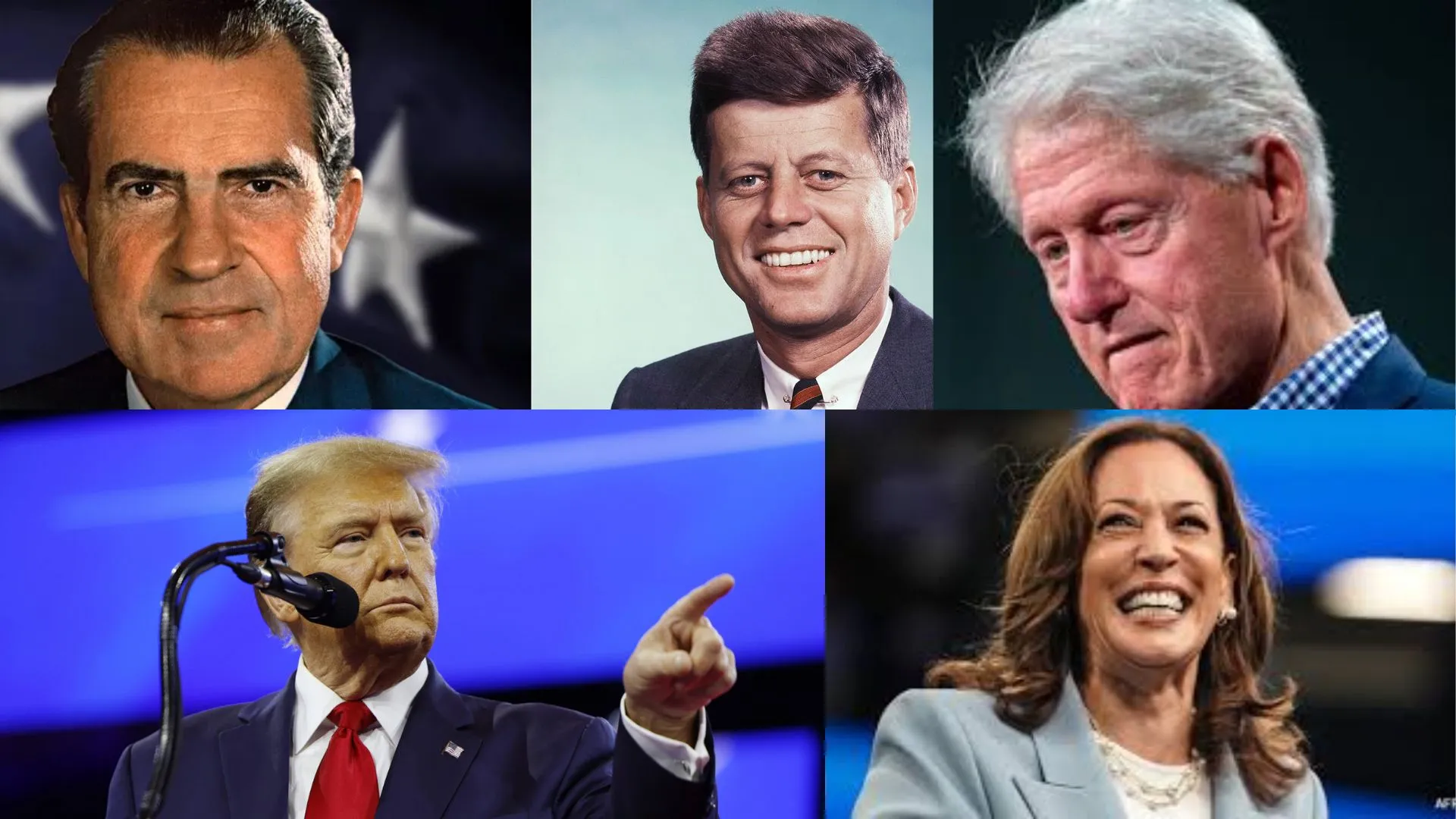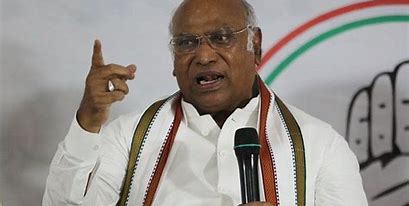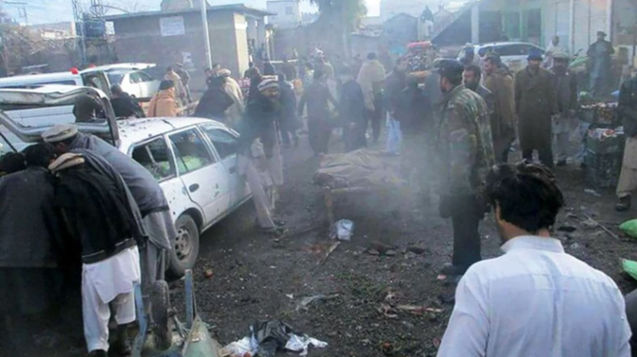The election of a U.S. president is a fascinating, complex, and often controversial process. It’s a story of democracy in action, where millions of voices come together to choose a leader who will shape the nation’s future. However, beneath the surface of this grand democratic exercise lies a system that has its own set of inefficiencies, contradictions, and power dynamics. This essay explores the journey of electing U.S. presidents, the role of party members, the influence of media, and the evolution of the election process in a mass civilization dominated by electronic communication.
The Democratic Illusion: A Choice Between Two
At the heart of the U.S. presidential election lies a paradox: the choice is presented as democratic, yet the reality often feels more constrained. Candidates are not chosen directly by the people but by party members through a series of primaries and caucuses. This system means that by the time the general election rolls around, voters are left with just two main candidates—each selected by a political party rather than the electorate at large. These candidates, in many cases, are as alike as “two peas in a pod,” offering policies and positions that differ more in rhetoric than in substance.
This system can be reminiscent of the Soviet model, where the party would select a single candidate for the people to vote on. The key difference, of course, is that in the U.S., there are two candidates. However, this difference is superficial when the policies of both candidates have been levelled to appeal to the broadest possible audience, leaving little room for genuine ideological diversity.
The Role of Media in Shaping Elections
In a mass civilization, where electronic communication reigns supreme, the role of the media in shaping public opinion cannot be overstated. Platforms like Twitter and Facebook have become crucial battlegrounds for elections, where candidates and their supporters vie for attention, spread their messages, and influence voter perceptions. The power of these platforms was made starkly apparent during the 2016 U.S. presidential election, where the role of data analytics firms like Cambridge Analytica came under scrutiny.
Cambridge Analytica, a now-defunct political consulting firm, was accused of harvesting personal data from millions of Facebook users without their consent. This data was allegedly used to build psychological profiles and target voters with personalized political advertisements, influencing the election’s outcome. The scandal highlighted the growing concern over privacy, data manipulation, and the power of social media in modern democracies.
Opinion Polls and the Reality of Voter Influence
Opinion polls have become a staple of the election process, offering a glimpse into the electorate’s mindset and often shaping the narrative of the campaign. However, these polls can be both a reflection of public opinion and a tool for influencing it. Candidates who perform well in early polls often gain momentum, attracting more media coverage, donations, and support.
Yet, the reliance on polls also underscores the fragility of democratic choice in an era where millions of voters participate. The concept of the “Multivac computer,” a fictional supercomputer from Isaac Asimov’s science fiction, presents a stark contrast to the fallible reality of human-led elections. The idea of a computer that could identify a single voter whose choice would represent the entire electorate is a provocative critique of the limitations and inefficiencies of a system that must account for millions of votes.
The Evolution of Election Mechanisms
The election of U.S. presidents has evolved significantly over the years, particularly in response to technological advancements and societal changes. The 1960 election of John F. Kennedy, the 1968 election of Richard Nixon, and the 1992 election of Bill Clinton all occurred before the advent of the digital age, where elections were fought on television rather than the internet. These elections were characterized by their own unique challenges and controversies, yet they shared a common feature: the decisive influence of media, whether through televised debates, news coverage, or campaign advertisements.
However, as the election mechanisms have evolved, so too have the challenges. The introduction of electronic voting, the proliferation of social media, and the rise of data analytics have added new layers of complexity and potential for manipulation. The controversies surrounding the 2000 election, where George W. Bush won the presidency despite losing the popular vote, and the 2016 election, where Donald Trump achieved the same feat, underscore the tension between the popular vote and the Electoral College—a system designed to balance the power between populous and less populous states.
The Influence of Power Brokers and the Jesuit Connection
Behind the scenes of presidential elections, power brokers and interest groups play a significant role in shaping outcomes. The influence of organizations like the Jesuits has been a subject of speculation and conspiracy theories, particularly about presidents like Nixon and Clinton. These theories suggest that the Jesuits, a Catholic religious order, have been involved in significant historical events, including the Oklahoma City bombing and the Vietnam War, to advance their interests.
While such claims should be approached with scepticism, they reflect a broader concern about the role of hidden powers in democratic processes. The idea that a small group of elites or organizations could exert undue influence over elections challenges the very notion of representative democracy. It raises important questions about transparency, accountability, and the true nature of power in modern society.
The Challenge of Representative Democracy
The U.S. prides itself on being a representative democracy, where citizens elect their leaders every four years. However, this system is increasingly under strain. The sheer scale of the electorate, the influence of money in politics, and the power of media and technology have all contributed to a growing disillusionment with the democratic process.
Jean-Jacques Rousseau, the 18th-century philosopher, famously argued that true democracy could only exist in small communities where citizens knew each other and could directly participate in decision-making. In a large and diverse nation like the U.S., the distance between the governed and their representatives creates a disconnect that can undermine the legitimacy of the system. This disconnect is further exacerbated by the influence of lobbyists, pressure groups, and the media, which can sway public opinion and policy in ways that do not necessarily reflect the will of the people.
Kamala Harris vs. Donald Trump: A Historic Election
The upcoming election between Kamala Harris and Donald Trump is set to be a historic one, regardless of the outcome. If Harris wins, she will shatter multiple glass ceilings, becoming the first female, first Black, first Asian American, and first president of Indian descent. Her victory would represent a significant milestone in the representation of diverse backgrounds in the highest office of the land.
On the other hand, if Trump wins, he would make history by becoming only the second U.S. president to serve two non-consecutive terms, joining Grover Cleveland. This would be a remarkable achievement in itself, as most presidents who lose re-election bids do not return to the White House.
The Road to 270 and the Swing States
The U.S. presidential election is ultimately decided by the Electoral College, where the goal is to secure 270 electoral votes. This makes swing states—those that can be won by either major party—crucial battlegrounds. States like Pennsylvania, Michigan, Wisconsin, Arizona, and Georgia are expected to play a decisive role in the 2024 election, with both candidates focusing their efforts on winning over voters in these key regions.
The importance of the Electoral College and the winner-takes-all system in most states means that a candidate can win the presidency without securing the popular vote. This has happened five times in U.S. history, most recently in 2016. The potential for such an outcome highlights the ongoing debate over the fairness and effectiveness of the Electoral College, with some advocating for its reform or abolition.
The Future of U.S. Presidential Elections
As the U.S. prepares for another presidential election, the challenges and contradictions of its democratic system are more apparent than ever. The influence of media, the role of power brokers, the limitations of representative democracy, and the potential for electoral college anomalies all raise important questions about the future of the election process.
Will the system continue to evolve to address these challenges, or will it become increasingly disconnected from the ideals of democracy? The answer to this question will shape the future of U.S. elections and the nation as a whole.
In conclusion, the story of how U.S. presidents are elected is one of both democratic aspiration and systemic complexity. It is a process that reflects the strengths and weaknesses of a modern mass civilization, where the will of the people is mediated by parties, media, and technology. As voters head to the polls in 2024, they do so with the knowledge that their choice, while significant, is shaped by forces beyond their control. Whether this system can continue to serve the ideals of democracy in the 21st century remains an open question, one that will be answered in the years and elections to come.







